-
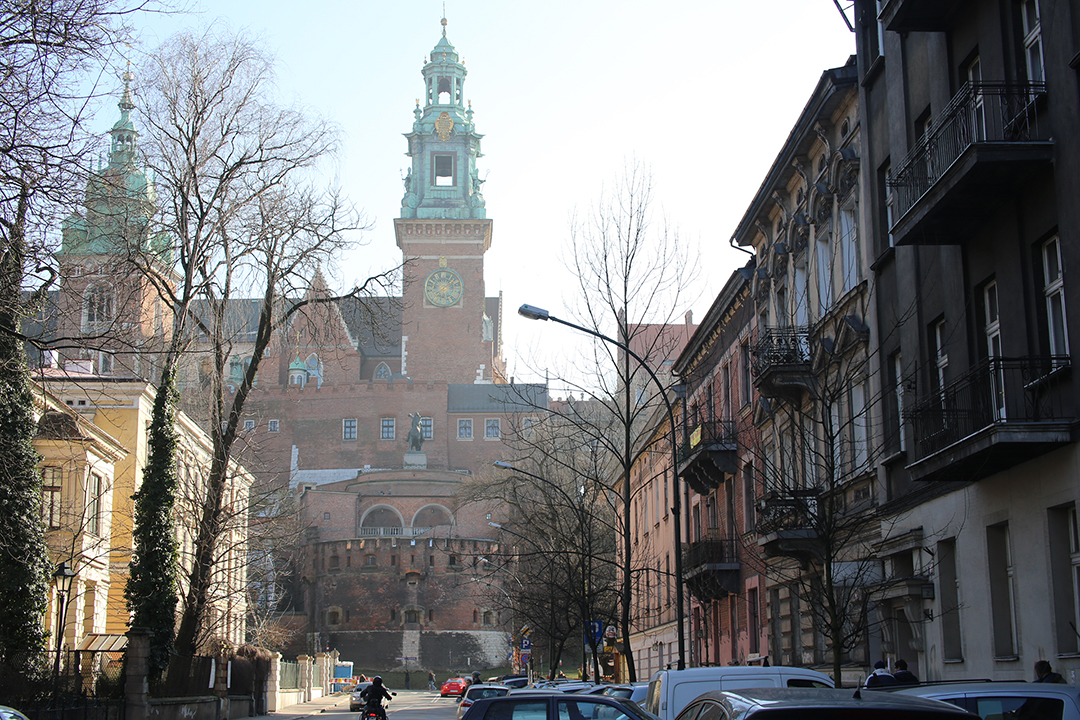
Old town
Kraków is one of the few cities in Europe that survived World War II without serious damage. That’s why the Old Town still looks exactly the same as many years ago. This is where you can see the Main Market Square – the biggest medieval square in Europe with the Cloth Hall and the Town Hall tower. Every hour the trumpeter sitting on top of the higher tower of the St. Mary’s church plays the bugle call – a melody ending with a broken note. In the city you can still see the remains of the medieval fortifications with St. Florian’s Gate and the Barbican. The university district with its oldest building, Collegium Maius, is worth visiting as well. Kraków is also the city of John Paul II – this is where he had spent nearly 40 years of his life before he became a pope. Right next to the Old Town, there is Wawel – a hill, where you can see the royal residence and the cathedral, where most Polish kings were crowned.
-
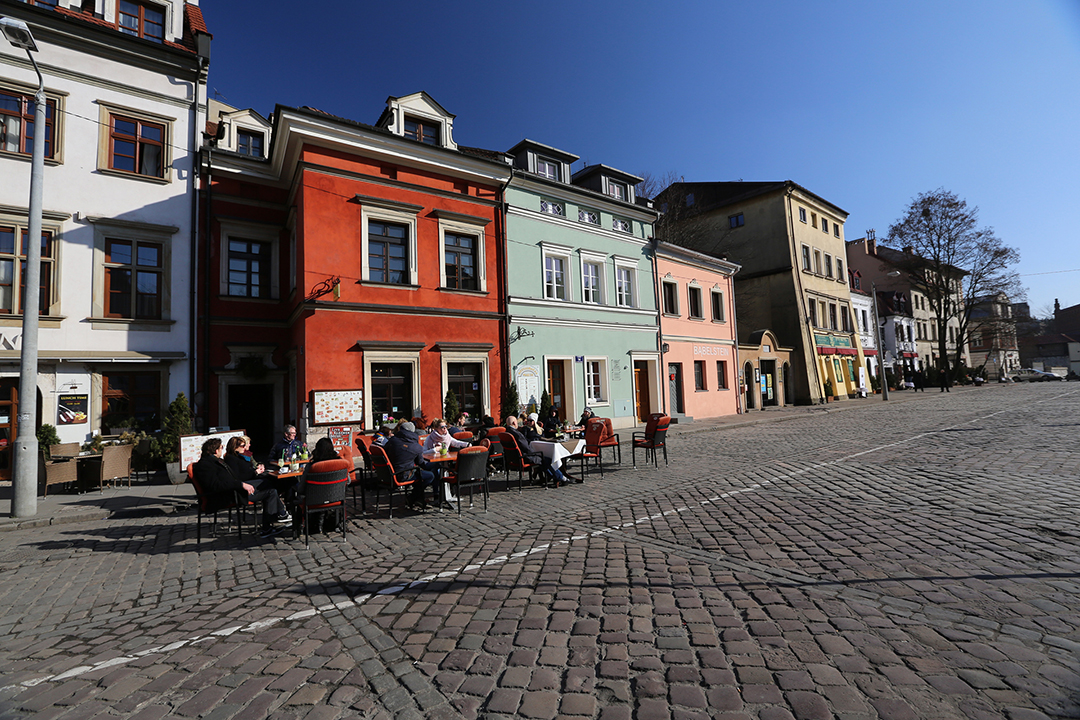
The Jewish district in Kazimierz and ghetto in Podgórze
The medieval Jewish district is located in the part of the city called Kazimierz. It survived World War II almost without a scratch – thanks to that it is considered to be one of the best preserved Jewish districts in Europe. This is where you can hear the stories of the rabbi Remuh, see the oldest synagogue and the oldest Jewish cemetery in Poland. The Jewish district of Kazimierz is also famous for its nightlife, filled with students, artists and tourists. On the other bank of the Vistula river there is Podgórze, which is becoming more and more popular and attractive every year. It is a district known mostly for the stories dating back to the World War II, when the Nazis placed a ghetto there. This is also where the famous Schindler’s Factory is located.
-
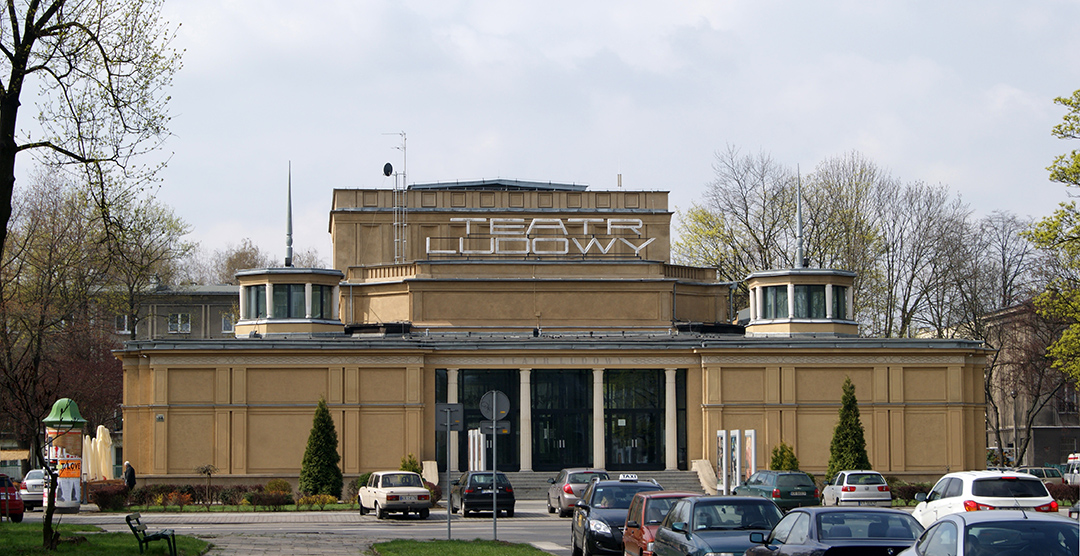
Nowa Huta – The Communist District
Nowa Huta („New Steelworks”), built in close neighbourhood of Kraków in the 1940’s and 1950’s, was supposed to be a perfect communist town, a role model for all the cities behind the iron curtain. The urban design and the architecture of that district of Kraków makes an impression on the visitors even today. But shortly after Nowa Huta was built it turned out that people living there were still lacking something. In this district the famous defence of the cross took place. It is also where people were striking and where cardinal Karol Wojtyła managed to build a church – the Lord’s Ark. Nowa Huta is a place, where you can learn a lot about everyday life in communist Poland, visit the “milk bar”, see the shelters built during the Cold War, listen to the stories about the Polish revolution of the 1980’s and see how it changed after 1989.
-

Schindler’s Factory
A branch of the Historical Museum of the City of Kraków opened in 2010, the Schindler’s Factory is entirely dedicated to the World War II in Kraków. Designed in a very modern way, it looks more like a movie set, moving visitors into the 1930’s and 1940’s. It is located in the administration building of the former pots and pans’ factory, that was run by Oskar Schindler during the WWII.
-
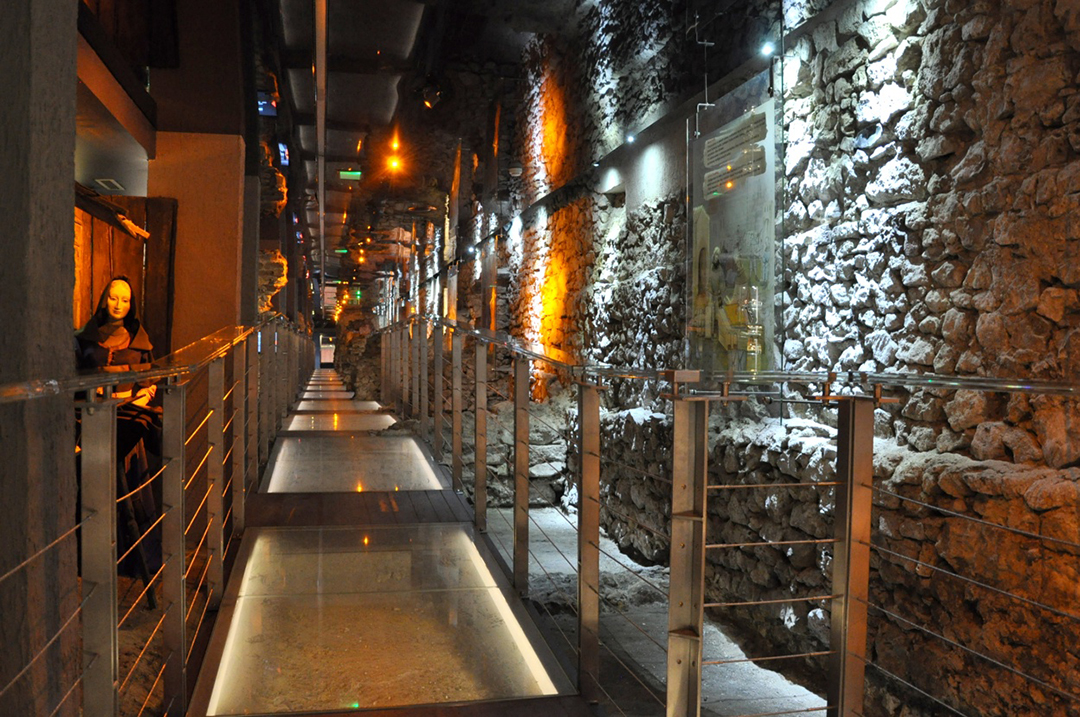
Main Square Underground
This branch of the Historical Museum of the City of Kraków was created after the renovation of the Main Market Square in the years 2005-2010. It is an exhibition presenting archaeological artefacts that are the best illustration of what Kraków used to be like in the medieval times. Old streets, the remains of the buildings, almost 1000-year-old cemetery – all that is hidden under the surface of the biggest medieval open-air square of Europe.
Contact us -
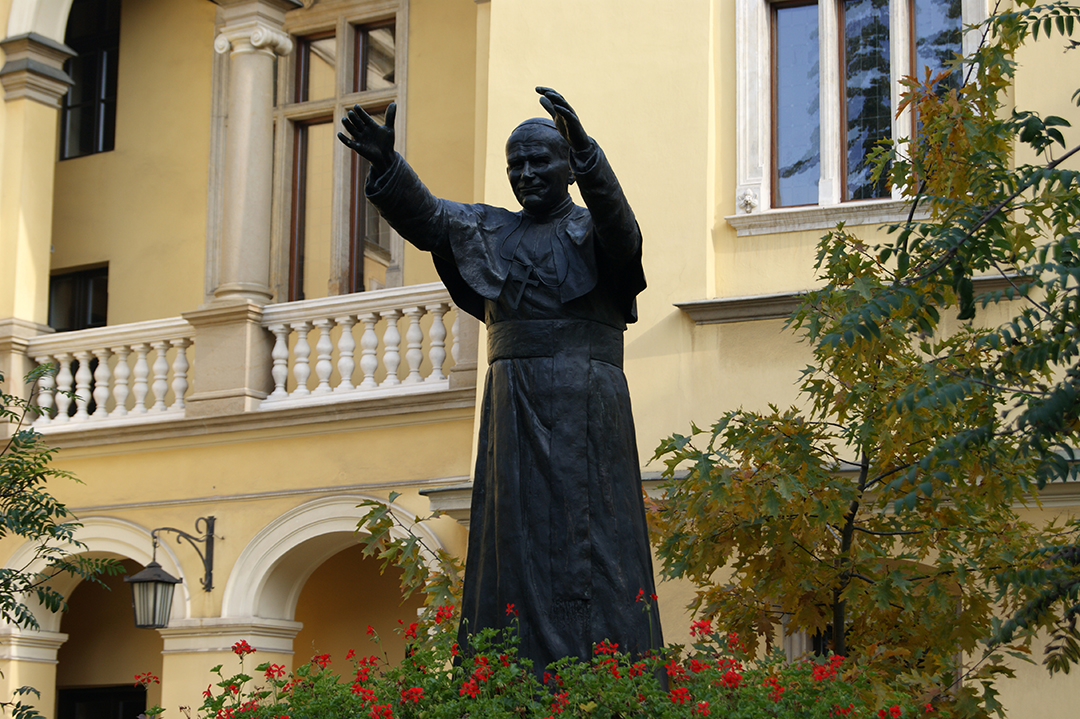
John Paul II
Before John Paul II became a pope in Vatican, he was known as Karol Wojtyła and he was a cardinal of Kraków. Kraków is a city in which he spent most of his life – almost 40 years. Places connected with him can be found everywhere – many churches and other institutions keep a lot of memorabilia. It is the only place, where he used to live as a young student during the World War II, a chapel, in which he was ordained to priesthood, the underground of the cathedral, in which he said a mass for the first time in his life. This is where he was making friends that stayed by him till the end of his life, this is also where he was meeting the people that became the greatest authorities to him. Finally, this is also where a sanctuary was built, where the relics of the blood of John Paul II are kept.
